
Squill: Planting, Growing and Care
Contents
Scilla in a Nutshell
- Squills are among the first bulbs to flower in spring
- They are easy to grow in partial shade
- Vigorous and highly tolerant, these are very hardy plants
- They naturalise easily in the smallest garden corners
- They form large naturalised carpets or can be grown in pots
Our expert's word
Slender and graceful, Scillas, Scilla or Wood Hyacinths are small spring bulbs that are easy to grow in dappled sunlight or partial shade. Truly undemanding and very hardy, they thrive in all our gardens where they naturalise effortlessly, forming flourishing colonies over time.
By February for the earliest varieties, their clusters of typically deep blue bells—sometimes pink or white—emerge from lush green grassy clumps to herald spring.
Spanish Bluebell, Common Bluebell, or Siberian Squill, they fit in everywhere, whether in borders, pots, along pathways, as naturalised carpets beneath deciduous trees, in rockeries, or scattered across lawns. At the heart of spring, they create scenes brimming with freshness and simplicity alongside other early spring bulbs like crocuses, daffodils, wood anemones, hyacinths, or botanical tulips.
Their delicate blooms also lend themselves beautifully to creating rustic bouquets of effortless charm.
Blue, white, or pastel pink Scillas—discover all their planting and care secrets, along with our collection of spring Scillas to brighten up shady woodlands, bring natural charm to your garden, or create stunning spring planters.
Botany
Botanical data
- Latin name Scilla
- Family Hyacinthaceae
- Common name squill, wood hyacinth, wild hyacinth
- Flowering From January to May
- Height 10 cm to 35 cm
- Exposure Sun, partial shade
- Soil type All types
- Hardiness -15°C and beyond depending on species
Squills or Scilla form a large and varied family within the Hyacinthaceae, comprising around 90 species of bulbous perennials that remain relatively unknown. These close relatives of hyacinths, native to Europe, South Africa and Asia, grow naturally in diverse biotopes and climates ranging from mountain meadows to woodlands and coastal rocky areas. In France, they thrive at altitudes up to 1,500 metres.
There are numerous genera of Squills, especially as they are often grouped with hyacinthoides non-scripta like the English bluebell or Spanish bluebell due to their strong resemblance to “true” squills of the Scilla genus.
Among spring-flowering squills, we distinguish the commonly cultivated Spanish bluebell or Scilla hispanica, which prefers sun but tolerates partial shade, the English bluebell or Scilla nutans, the very early-flowering Scilla mischtschenkoana (closely related to Sibirica), the two-leaved squill Scilla bifolia which thrives in fresh woodland, Siberian squill (Scilla sibirica) and Scilla litardierei, also called meadow squill. Beyond the classic lilac-blue, many cultivars of Hyacinthoides hispanica have been developed in bright white or pink.
Puschkinia scilloides Libanotica and Chionodoxa are also close relatives sometimes confused with squills.
Two species stand apart, though belonging to true squills, appearing as distant cousins in terms of size, inflorescence appearance and growing conditions: the Peruvian squill, Scilla peruviana, more tender and less hardy, preferring dry soils and very sunny Mediterranean climates, and Urginea maritima or sea squill, a protected species reaching 1.5m tall, moderately hardy, tolerant of sea spray and best suited to maritime climates.
Easy to grow and tolerant except in arid climates they dislike, these welcome bulbous plants emerging in late winter are very cold-resistant, often surviving temperatures well below -15°C, especially Siberian squill.
Squills form clumping habits ranging from erect to ground-hugging, depending on species, reaching 10-35cm tall with a 10cm spread.
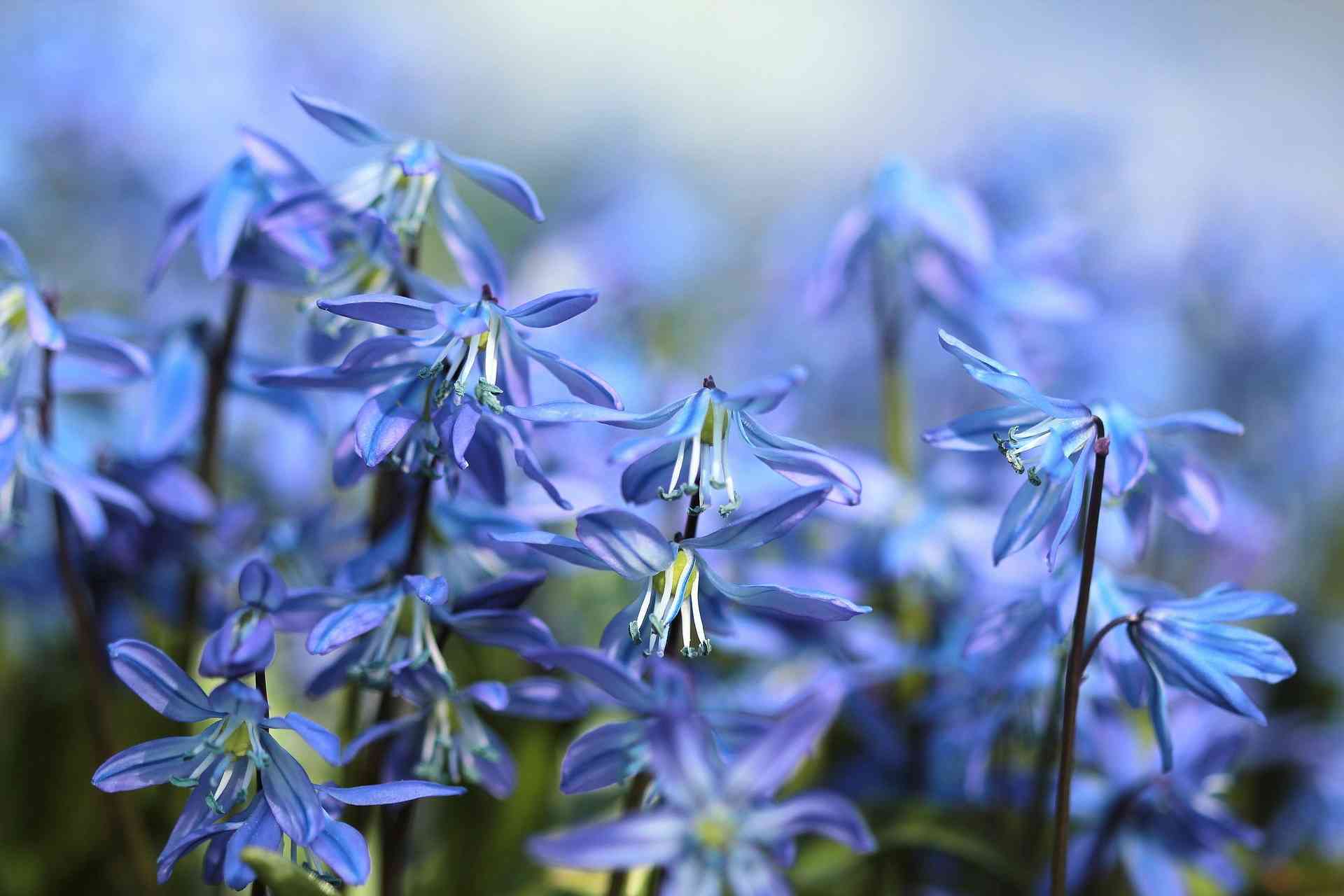
The intense blue starry flowers of Siberian squill
Once established and left undisturbed, their fleshy roots gradually spread as bulbils or stolons form around the mother bulb. The bulbs are toxic only if ingested.
They self-seed and naturalise easily in any garden corner, capable of flowering entire woodland edges. They thrive for many years in rockeries, lawns and under deciduous trees and shrubs, forming beautiful flowering carpets and vigorous clumps.
In late winter (January for earliest varieties), each small bulb produces 1-4 slender but sturdy green, red or brown flower stems, sometimes branching near the top, gracefully arching under the weight of their bell-shaped flowers.
Squills are among the first spring flowers, some very early varieties flowering as snowdrops finish, alongside crocuses, winter aconites and primroses.
For two to three weeks, their luminous hyacinth-like blooms create waves of sky blue, pink or white above fresh green grassy clumps.

Scilla siberica ‘Spring Beauty’ – White Spanish bluebell – Pink Spanish bluebell
Each flower spike bears clusters of pendulous bell-shaped, flat or starry flowers, typically light vivid lilac-blue, porcelain blue or intense blue, though some varieties produce pure white or pink blooms, especially Spanish bluebells which offer the widest colour range. The flowers, numbering 2-35 per stem, measure 3mm to 2cm across. Scilla litardierei produces very compact, floriferous spikes of 15-35 small starry flowers.
The nodding bells of Scilla nutans and Spanish bluebells are slightly flared, with tips that may curve back strongly, sometimes bearing blue anthers.
The star-shaped flowers consist of six tepals occasionally marked with deeper blue stripes on the reverse, as seen in the popular ‘Tubergeniana’ cultivar of Scilla mischtschenkoana.
Though unscented, they are nectar-rich and highly attractive to pollinating insects. After flowering, faded blooms produce globular fruits releasing tiny black seeds that self-sow readily.

The fresh green to dark green foliage of squills is abundant, forming semi-erect clumps
Leaves emerge only in late winter and spring (April-May depending on variety). Around each flower stem, typically as flowers appear, each bulb produces 2-6 basal leaves of varying linearity. Measuring 4-50cm long, the arching leaves are narrow and smooth, glossy, wider at the base and sometimes strap-like or channelled. Only Scilla bifolia breaks this pattern, bearing just two leaves.
After flowering, foliage collapses to the ground, then the deciduous leaves disappear by summer (from June), leaving the bulb dormant underground.
Easy to grow in non-scorching sun or partial shade, they even tolerate full shade. Some varieties like Spanish bluebells need sunny positions to flower well. Undemanding, squills thrive in all well-drained, fresh humus-rich soils, ideally loamy-clay.
Given suitable conditions, they prosper and naturalise readily in any garden.
With their luminous bells, they create wonderfully fresh spring scenes. As light shade groundcover, they spread freely in woodlands under deciduous trees and shrubs alongside other naturalising spring bulbs like crocuses, Cyclamen coum, Corydalis solida, Ipheion, grape hyacinths, Anemone nemorosa, daffodils, snowdrops, hyacinths, species tulips and glory-of-the-snow. They form abundant flowering colonies.
Squills in intense blue or white make striking additions to rockeries, borders, lightly mown meadows and wild garden corners.
These small bulbs are excellent companions for early perennials like hellebores, primroses, periwinkle, heather, Brunnera or sweet violets, and groundcovers like alyssum.
Their modest height makes them ideal for container planting mixed with other early-flowering bulbs.
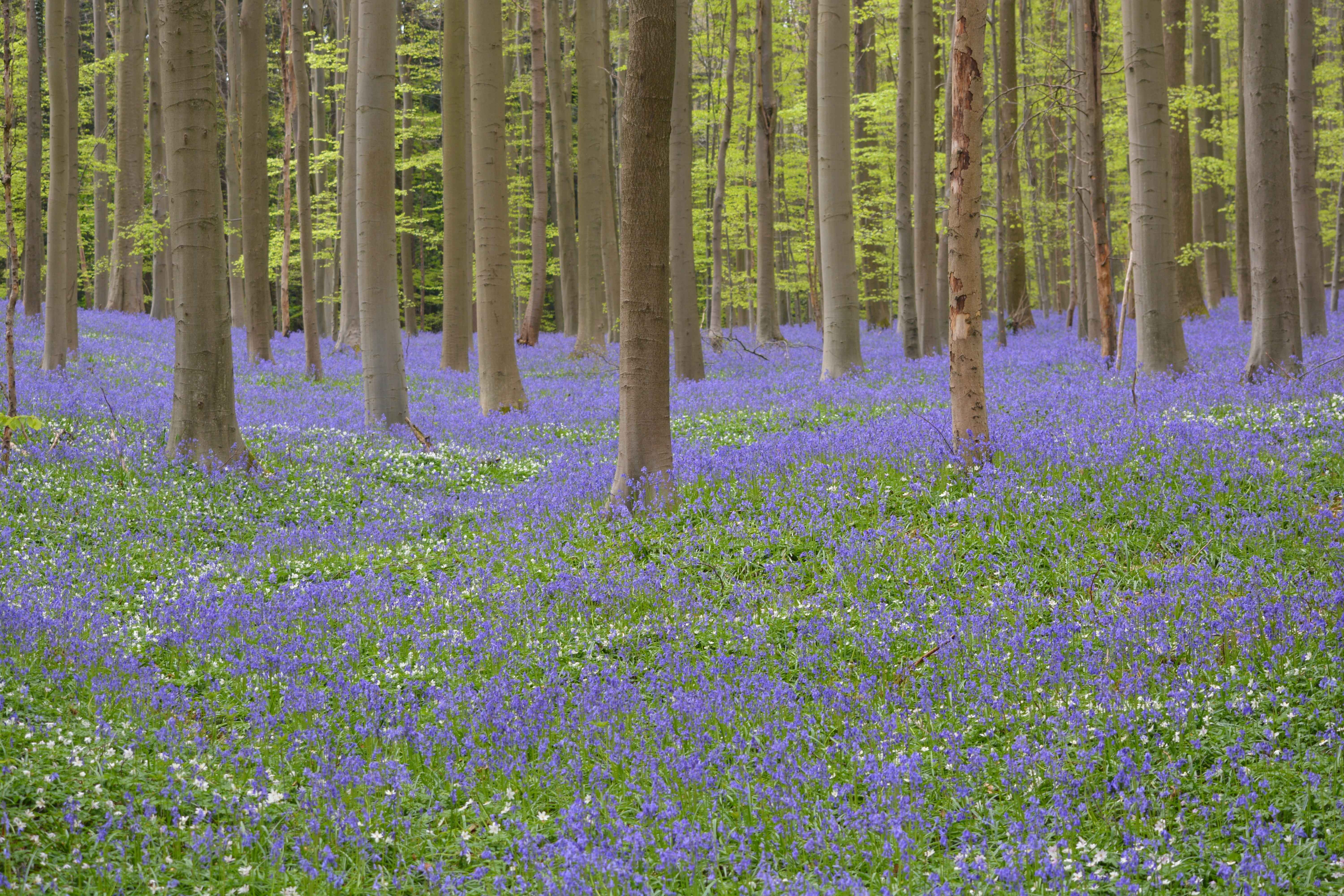
Squill bulbs naturalise quickly to form extensive colonies
Species and varieties
There are around ten species of Scilla commonly grown in our gardens, the most widespread being the Spanish bluebell, Scilla hispanica, which has produced numerous white and pink cultivars, and the essential English bluebell or Scilla nutans.
Other notable varieties include Scilla Tubergeniana, which is very early-flowering, the mountain-dwelling Scilla bifolia, the extremely hardy Siberian squills, and the highly floriferous Scilla litardierei, also known as the meadow squill.
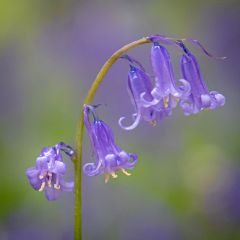
Hyacinthoides non-scripta
- Flowering time May, June
- Height at maturity 35 cm
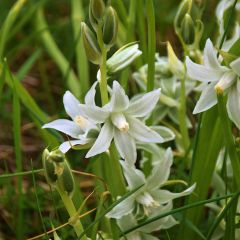
Scilla siberica Alba
- Flowering time March, April
- Height at maturity 15 cm
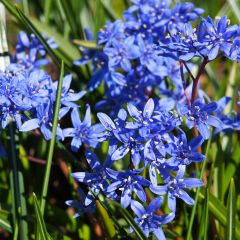
Scilla bifolia
- Flowering time April, May
- Height at maturity 12 cm
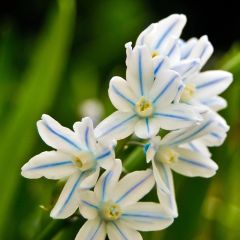
Scilla mischtschenkoana 'Tubergeniana'
- Flowering time March, April
- Height at maturity 15 cm
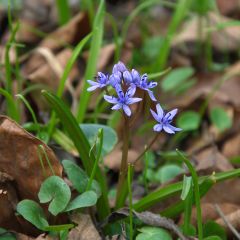
Scilla siberica 'Spring Beauty'
- Flowering time April, May
- Height at maturity 15 cm

Scilla litardierei
- Flowering time June
- Height at maturity 15 cm
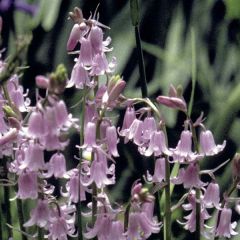
Hyacinthoides hispanica Rosea
- Flowering time May, June
- Height at maturity 35 cm
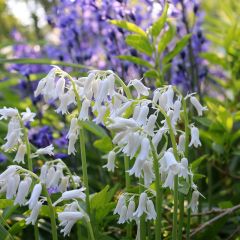
Hyacinthoides hispanica Alba
- Flowering time May, June
- Height at maturity 35 cm
Discover other Spring bulbs A to Z
Planting
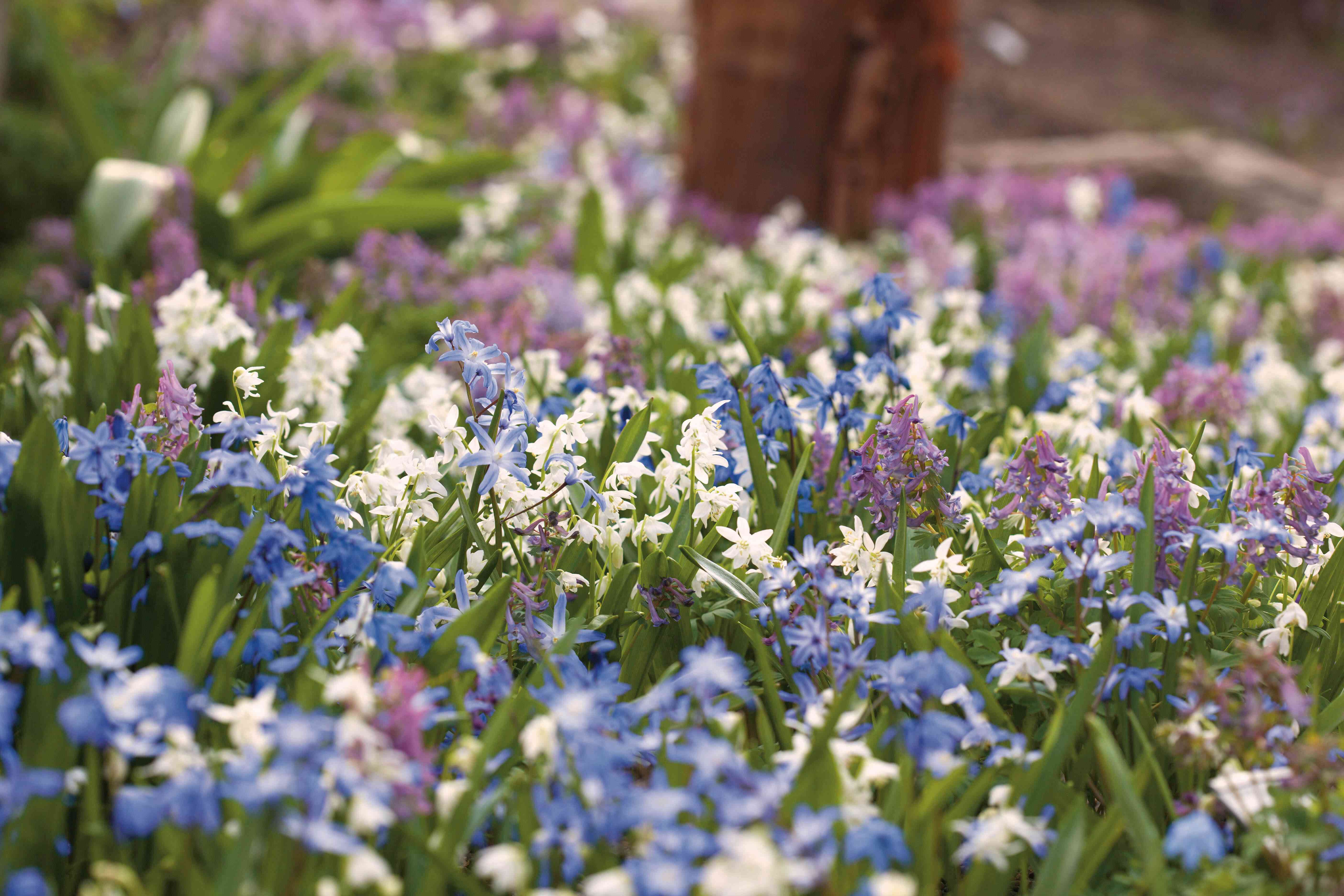
Scilla siberica ‘Alba’-Scilla siberica ‘Spring Beauty’- Chionodoxa ‘forbesii’-Corydalis solida- Photos Tommy Tonsberg-
Where to plant Scilla?
Scilla are easy-to-grow plants. Low-maintenance, they prefer partial shade but can also tolerate fully shaded areas and non-scorching sunny exposures.
Very comfortable in rather cool climates, fully hardy, they don’t fear harsh winters, sometimes surviving temperatures below -15°C: they grow in all regions, even at altitude.
Scilla bulbs should be planted in ordinary, fairly fertile, moist but above all well-drained soil: they dislike waterlogged ground.
Versatile, Scilla integrate into all settings and will naturalise in light woodland, at the foot of deciduous trees and shrubs, on slopes, along pathways, in rockeries or scattered in lawns.
After flowering, Scilla display wilted foliage forming a slightly untidy carpet that can easily be concealed by planting erythroniums, wood anemones, lungworts or spurges among them.
They can also make lovely spring pot displays.
When to plant Scilla bulbs?
Plant the bulbs preferably in autumn from September to November to see them flower in early spring.
How to plant Scilla?
In open ground
Scilla deserve to be planted abundantly (around 100 per m2), in small groups for a natural planting, in lawns or as flowering carpets, for a spectacular effect!
Only requirement: they need well-drained and well-amended soil.
- Clear the ground of weeds and stones
- Loosen the soil deeply with added organic matter
- Improve drainage if necessary with gravel mixed into the soil or placed as a layer beneath the bulbs
- Plant 8-10 cm deep with the bulb tip facing upwards
- Space bulbs 5 to 10 cm apart or plant in groups of 10 or 15, ensuring they don’t touch
- Cover bulbs with twice their height in soil
- Water twice weekly during the growing season
- Keep dry in summer
- Leave bulbs in place, they will spread over time
Creating a flowering carpet
Scilla naturalise very easily, making them perfect for creating flowering patches around the house, in borders, woodland edges or at the foot of trees. For a pretty effect, draw an irregular, ovoid shape.
For successful mass planting, allow about 100 bulbs per m². Dig out part of the chosen border area to 10 cm depth, then place bulbs about 8 cm apart. Backfill en masse.
In pots: lasagne planting
Like hyacinths, you can easily grow Scilla bulbs in pots, to enjoy their flowering on terraces or balconies. Opt for “lasagne” or layered planting: a technique involving planting in successive layers these flowering bulbs mixed with other spring bulbs like daffodils, crocuses, hyacinths, botanical tulips… The benefit? Enjoy continuous flowering throughout spring.
→ Learn more in our advice sheet: How to grow Scilla in pots?
Care and maintenance
Scillas are easy-going plants that require no special care. No pruning is needed, though to limit self-seeding you can cut the flower stems after blooming. Only mow or cut back the foliage once it has withered, to allow the bulb time to replenish its reserves for the next flowering season.
Divide the bulbs in summer, every 4 years at most to maintain vigorous plants.
In pots:
- Water regularly
- Optionally feed with bulb fertiliser every fortnight until flowering has finished
Possible diseases
The Scilla bulb has good disease resistance. When grown under the required planting conditions, it isn’t prone to many problems.
However, like many bulbs, it can be susceptible to viruses that distort and discolour the leaves. Remove affected bulbs if an attack occurs.
Propagation
Sowing
We do not recommend sowing, especially since Scillas self-seed readily: a Scilla plant grown from seed will take at least three years to flower.
Division
After two years, you can divide clumps of Scilla by separating the bulbils formed around the mother bulb. Carry this out in June when the leaves turn yellow.
- Dig up the clump with a garden fork
- Separate the bulbs by hand or with a small knife
- Replant the bulbils immediately or pot them up before transplanting the following autumn
- Water lightly
Pair with
Squills find their place in flower beds, naturalised in woodland areas, beneath deciduous trees or shrubs (Forsythia), or in rock gardens alongside numerous other low-maintenance plants.
Graceful, with their richly coloured flowers, they bloom abundantly in mid-spring in all naturally inspired gardens without gardeners or weekend gardens, creating fresh scenes as floral carpets or delicate foregrounds in borders. In monochrome blue or contrasted with white/blue or blue/yellow combinations.
The intense blue of Scilla bifolia or Scilla siberica ‘Spring Beauty offers a spectacular contrast with white, pale yellow and green-yellow flowers like those of early Euphorbias, Daffodils, small Botanical Tulips, Crocuses and Snowdrops. They form magnificent carpets against a backdrop of Anemone sylvestris, winter Hellebores or Cyclamen coum.
Squills are charming beneath late-foliage perennials like Hostas, Lungworts, Corydalis solida, Fairy Wings or low-growing ground covers like Bugles.
Planted en masse for spectacular effects, these luminous bulbs create a successful size contrast alongside large-flowered bulbs like Daffodils. All pair well with small spring bulbs like Hyacinths, Ipheions, Violas, Anemone blanda or Nemerosa, Iris reticulata or Erythroniums.
Their delicate bells make lovely fresh spring bouquets when mixed with miniature Daffodils and Grape Hyacinths.
Squills are perfectly suited to container growing on windowsills or balconies, combined with Pansies, Daffodils, Crocuses, early Tulips, Hyacinths or Primroses.
→ Discover more Hyacinth ‘Blue Jacket’, ‘Blue Eyes’, Grape Hyacinth, Squill and Anemone blanda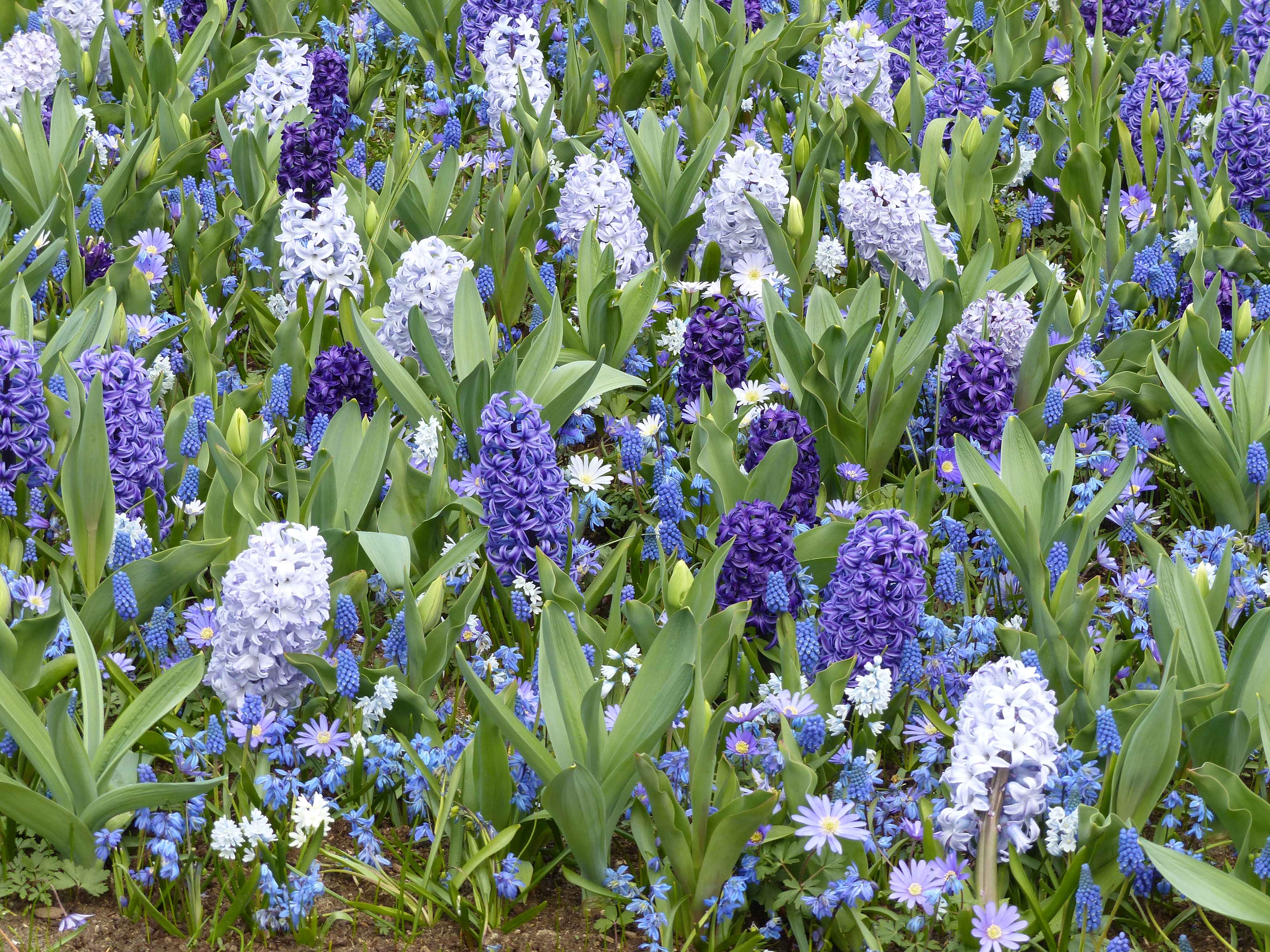
To go further
- Discover our lovely range of scillas: the best varieties for your garden
- Advice sheet: Which bulbs to grow indoors?
- Advice sheet: Bulb sizing: understanding to choose better
- Advice sheet: 6 bulbs to naturalise in the garden
- Advice sheet: 9 blue-flowering bulbs you must have in your garden
- Advice sheet: Scillas, the most beautiful varieties
Frequently asked questions
-
Why are the leaves of my squills becoming deformed?
Scilla are generally quite resistant to disease. However, like other flowering bulbs, they can occasionally be susceptible to viruses which distort and discolour the foliage and flowers. Unfortunately, if infected, there's no miracle cure – affected bulbs must be dug up and removed. Poor planting conditions can make bulbs more vulnerable, so ensure proper soil drainage when planting them.
-
When can I cut back clumps of Scilla?
Scilla bulbs replenish their reserves through their foliage, so only mow or cut it back when it turns yellow and dries out, around June. This will ensure flowering the following spring.
- Subscribe!
- Contents


































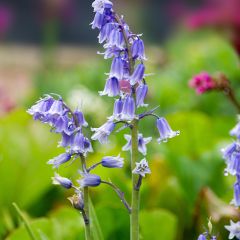

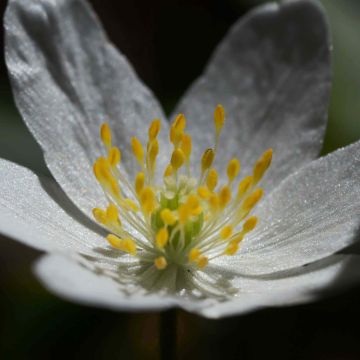
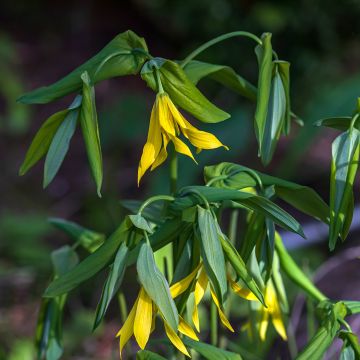
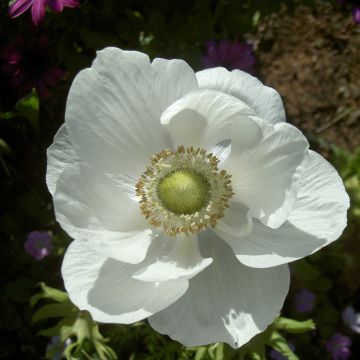

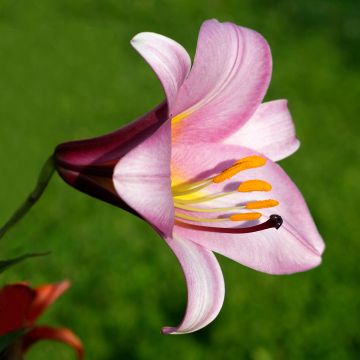
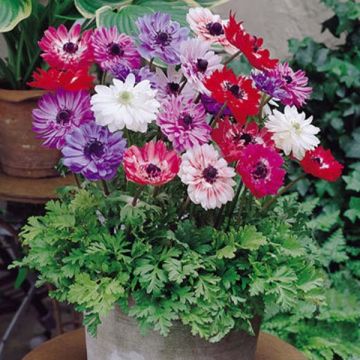
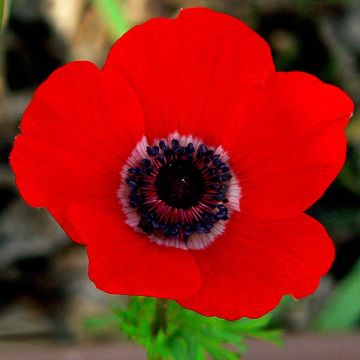
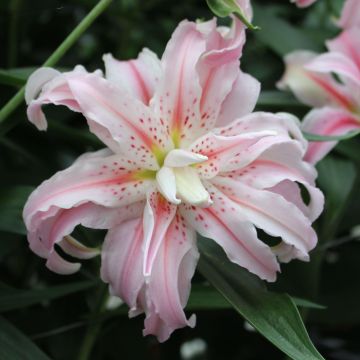
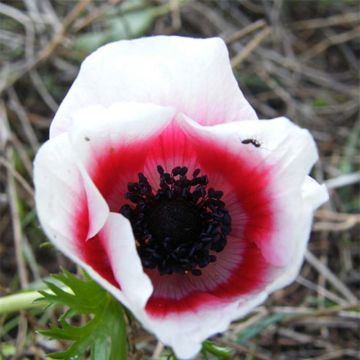
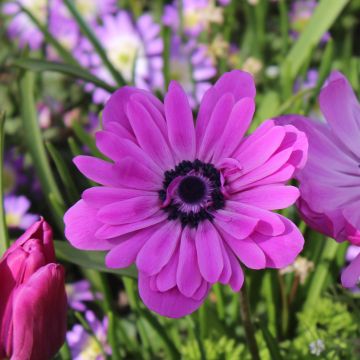




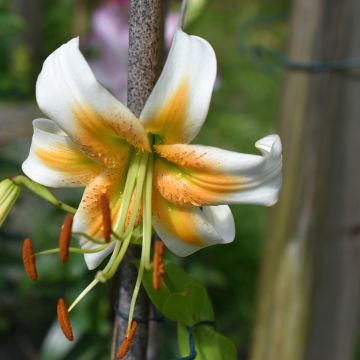
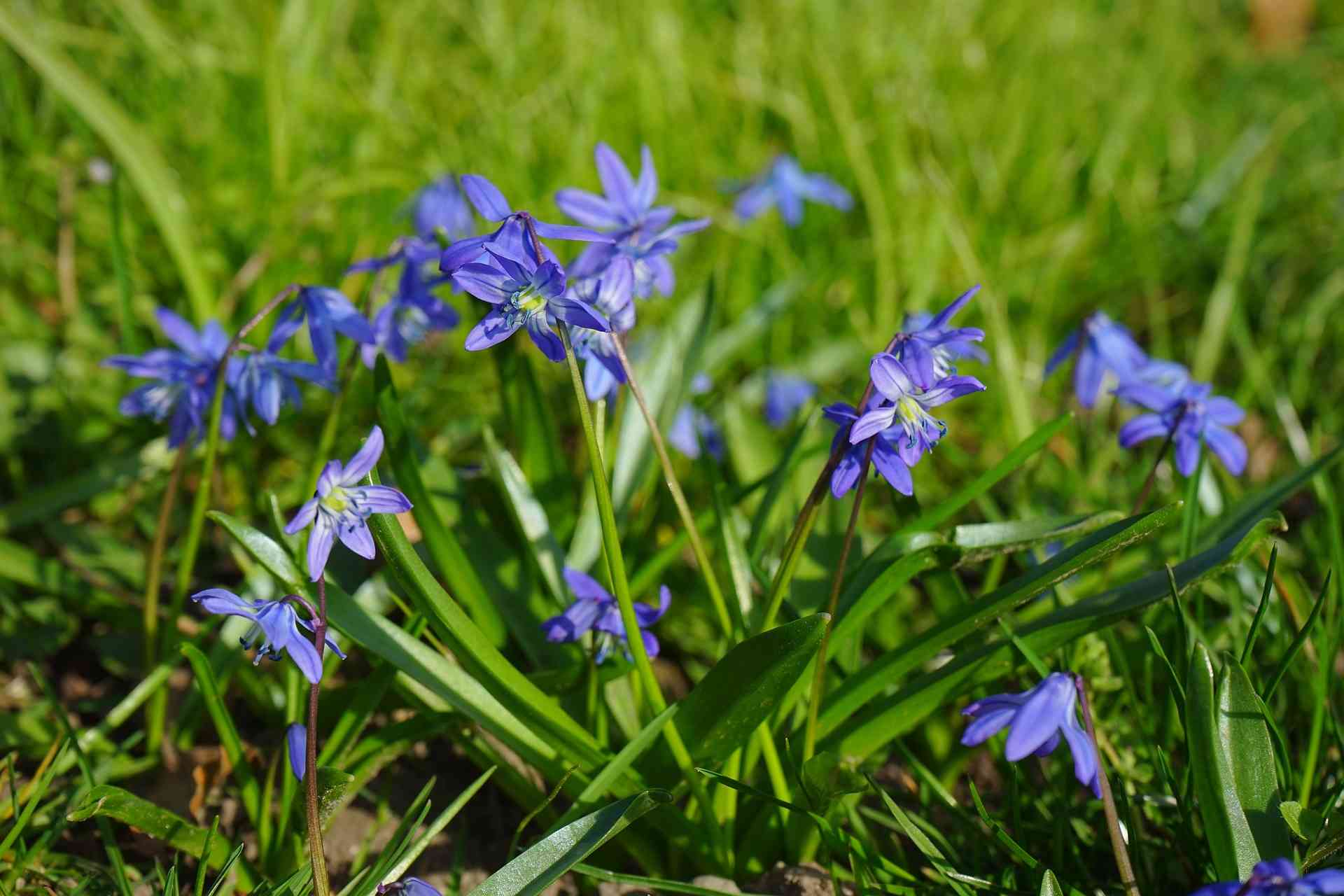
Comments